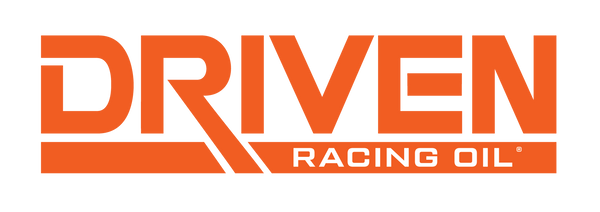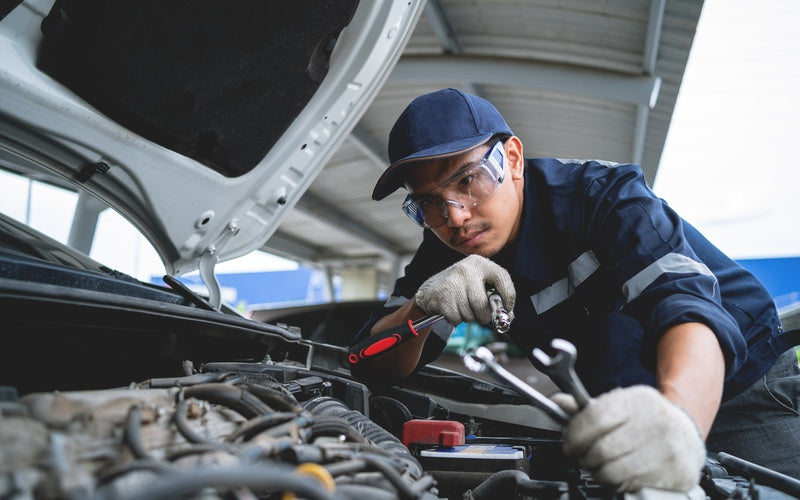The camshaft is an integral part of your vehicle’s engine performance. It’s the rhythm maker, controlling how and when the engine breathes. Choosing the right camshaft can mean the difference between a sluggish engine and one that roars to life with unmatched performance. But with countless options and technical jargon to sift through, how do you make the best decision?
This guide is here to simplify the process. Whether you’re upgrading your ride for exhilarating speed or smooth cruising, knowing how to choose the best camshaft for your engine can transform your driving experience. Keep reading to explore the essentials of camshaft selection, from understanding technical terms to practical tips on installation and maintenance.
Camshaft Basics
Before you can choose the right camshaft, you need to be familiar with some key terms. These concepts are foundational to understanding how a camshaft impacts your vehicle’s performance.
Lift
Lift refers to how far the valve opens when the camshaft lobe moves over it. Increased lift generally means more air can enter the engine, which can lead to greater power. However, too much lift could risk damaging your engine—that’s why finding the right balance is key.
Duration
Duration is the amount of time the valve remains open during the camshaft’s rotation. Longer duration allows the engine to draw in more air at higher RPMs, impacting the overall torque and horsepower. Shorter durations are suitable for everyday driving, providing a smoother idle and better low-RPM performance.
Lobe Separation Angle
Lobe separation angle (LSA) is the angle between the intake cam lobe and the exhaust cam lobe. A narrower LSA increases overlap between intake and exhaust, delivering a punchy performance that is ideal for racing. On the other hand, wider LSAs provide better idle quality and are more forgiving for street use.
These parameters work together, influencing how your engine performs at different speeds and in specific conditions. Understanding them will empower you to make a more informed choice.
Types of Camshafts
When selecting a camshaft for your engine, it’s important to know the various options available. Each type works best for specific engine setups and performance goals.
Hydraulic Lifter vs. Solid Lifter
One common distinction is between hydraulic lifter camshafts and solid lifter camshafts. Hydraulic lifters automatically adjust for slight variations in valve clearance, making them an excellent choice for low-maintenance engines often used in daily-driven vehicles. Solid lifters have fixed clearances, require more maintenance, and cater to engines tuned for precision and higher RPMs. They’re popular among racing enthusiasts seeking maximum performance.
Roller vs. Flat Tappet
Another comparison lies between roller camshafts and flat tappet camshafts. Roller camshafts use a roller follower to minimize friction and allow for more aggressive cam profiles, generating better performance and reliability. Flat tappet camshafts are simpler, more affordable, and have been a staple in classic car engines; however, they wear out faster and are less suited for high-load applications.
Each type has its pros and cons. Understanding how they align with your engine setup and driving habits can significantly narrow the field.

Factors To Consider
Choosing a camshaft doesn’t follow a one-size-fits-all approach. You must consider several factors to ensure your new component complements your vehicle’s engine and meets your performance goals.
Engine Type
First, consider the engine type. The design and specifications of your engine dictate which cam profiles will work best. A naturally aspirated engine might require a different camshaft than a turbocharged one, as boosted engines often need less overlap to prevent performance losses.
Intended Use
Second, think about the intended use. Will you use your car for everyday commuting or weekend drag racing? Camshafts geared toward high performance at high RPMs may result in rough idling and poor drivability at lower speeds, whereas milder cams are better suited for street use.
Budget
Finally, evaluate your budget. High-performance roller camshafts tend to cost more, but they come with enhanced durability and performance. If you’re restoring a budget-friendly classic car, a flat tappet camshaft might be sufficient. Balancing these factors ensures that your final choice stays within budget while delivering on expectations.
Step-by-Step Selection Guide
Once you understand your engine’s requirements, you can proceed with the selection process. Choosing the best camshaft for your engine involves three essential steps.
Research
The first step is research. Gather as much information as possible about your vehicle and the camshafts that are compatible with it. Look into camshaft specifications, engine simulation software, or forums with insights from other enthusiasts. This will help you identify appropriate options for your specific engine and goals.
Consultation
Next, seek consultation with experts or trusted retailers. Professionals in the automotive world have likely dealt with situations similar to yours. Proper guidance can save you both time and money, and it ensures you aren’t overlooking critical factors like valve-to-piston clearance or compatibility with other components.
Purchase
Finally, make the purchase. Once you’ve zeroed in on the right camshaft, buy from a reputable supplier. Make sure it comes with manufacturer support and a warranty for added peace of mind. Having all the right information will allow you to confidently take the next step toward engine optimization.

Installation and Maintenance
After selecting the ideal camshaft, focus your attention on installation. Installing a camshaft is a delicate procedure that requires precision and expertise. For most car enthusiasts, professional installation is the way to go. Professional mechanics have the tools and know-how to provide proper installation, preventing costly mistakes.
Once the component is installed, proper maintenance is essential to prolong the camshaft’s lifespan. Regularly check for wear and tear, particularly on the lifters and lobes, as these can wear prematurely if insufficient lubrication or incompatible components are involved. Fresh engine oil and adherence to manufacturer guidelines will keep your camshaft functioning optimally.
Enhance Your Engine’s Performance
Selecting the best camshaft for your engine isn’t just about enhancing performance; it’s about tailoring your car to your lifestyle and needs. Whether you’re building a street machine or a track-star engine, the right camshaft is crucial for achieving reliability and power scalability.
Approach the process strategically—understand the technical terms, weigh your options, and factor in your vehicle’s purpose and your budget. With the right research and guidance, you can enjoy a driving experience that’s uniquely yours.
Driven Racing Oil can help you make an informed choice and unlock the potential of your vehicle’s engine. Our break-in oils are ideal for both flat tappet and roller camshaft installations or swaps. Browse our selection today to maximize your engine’s lifespan.

